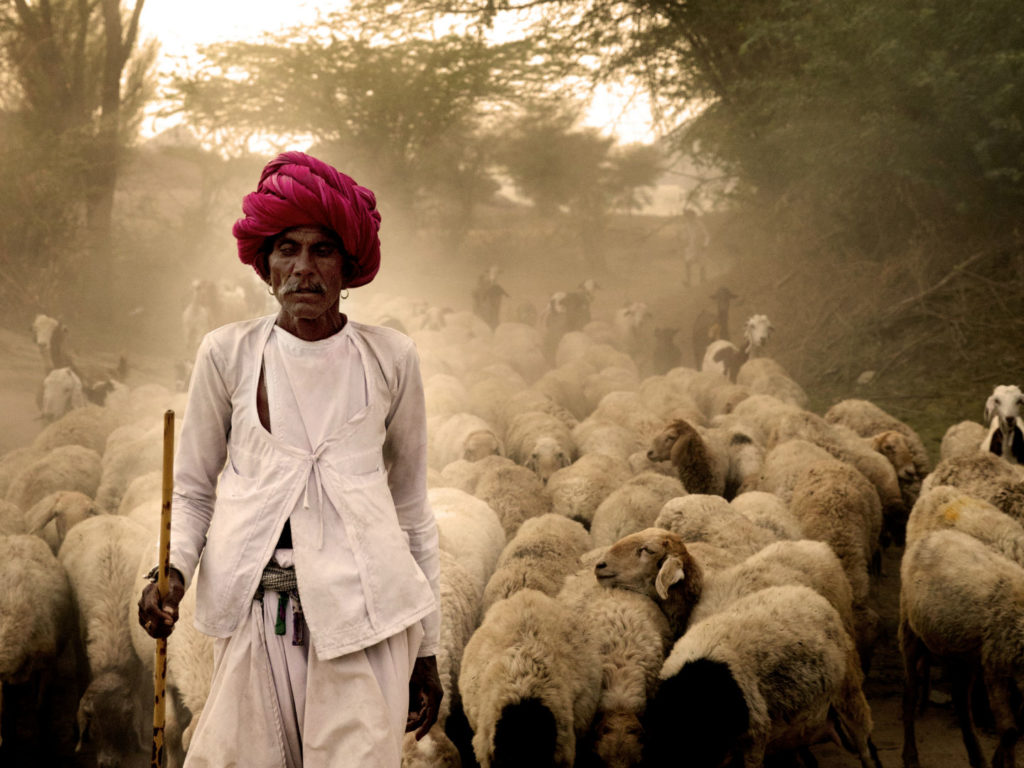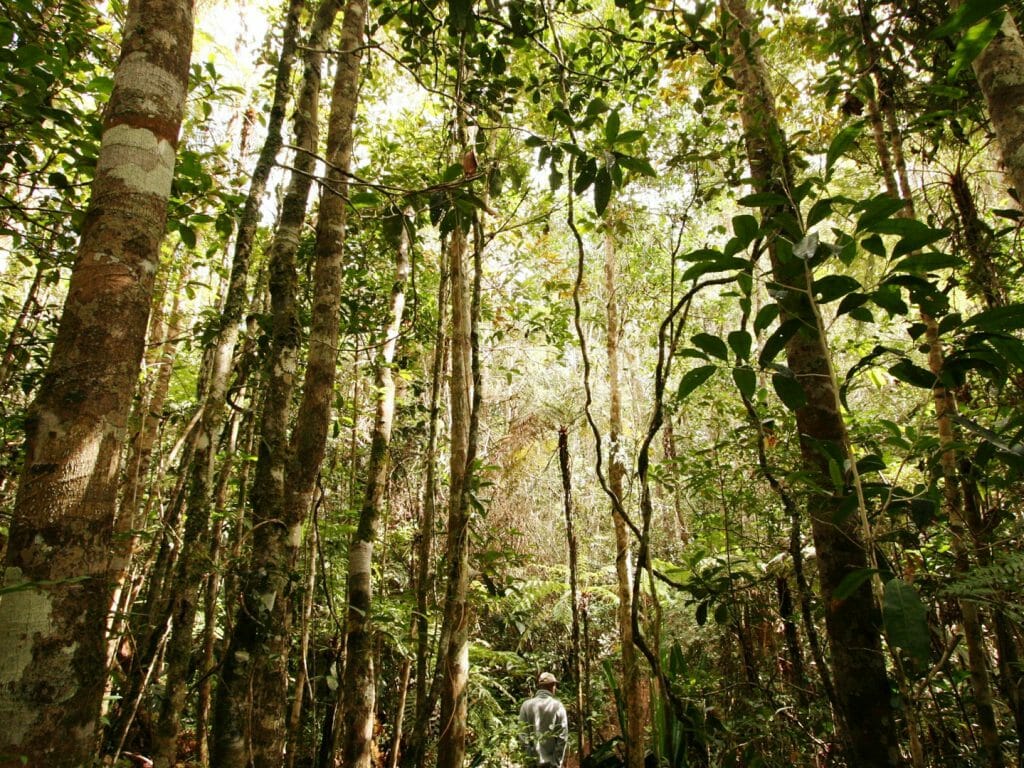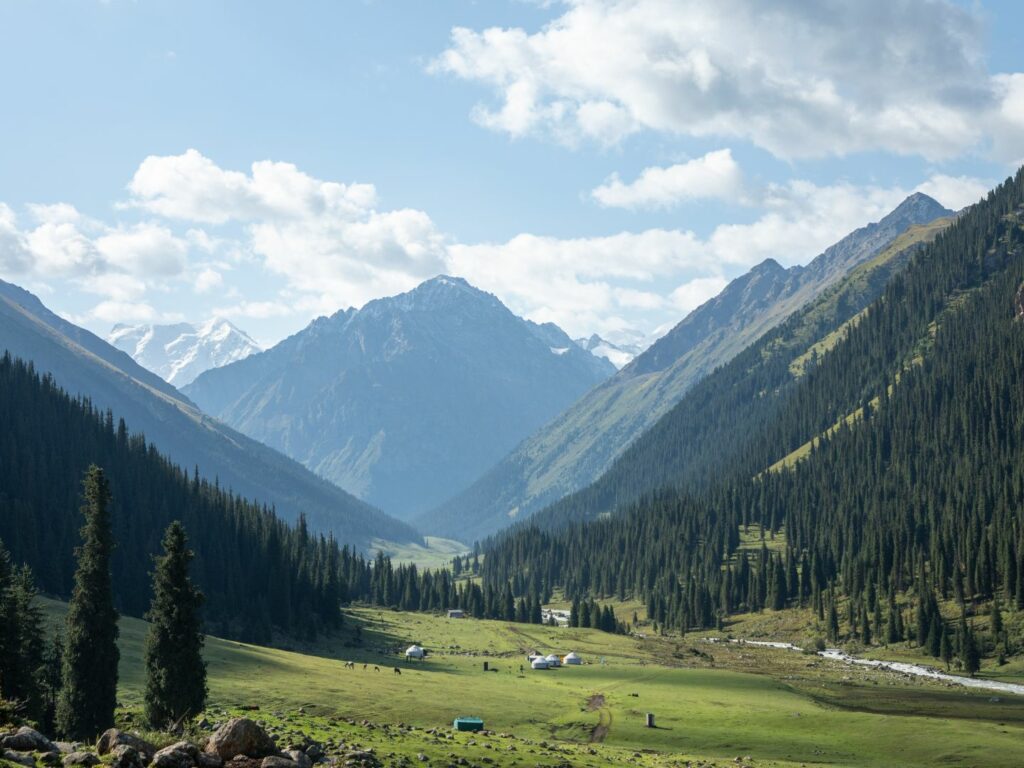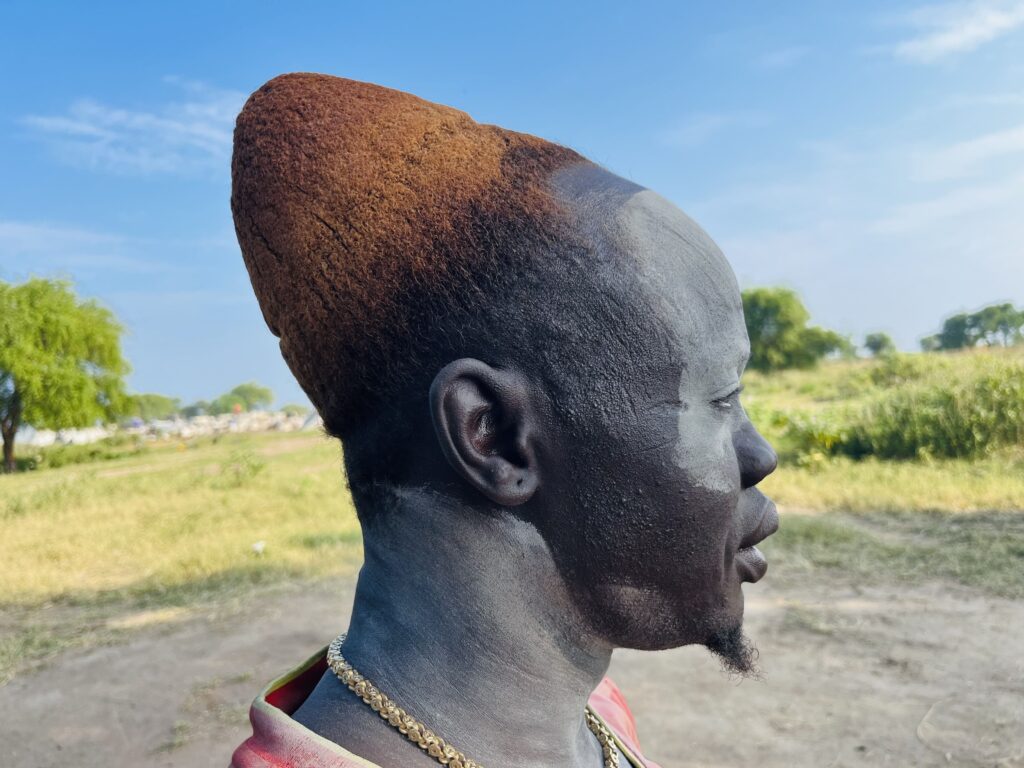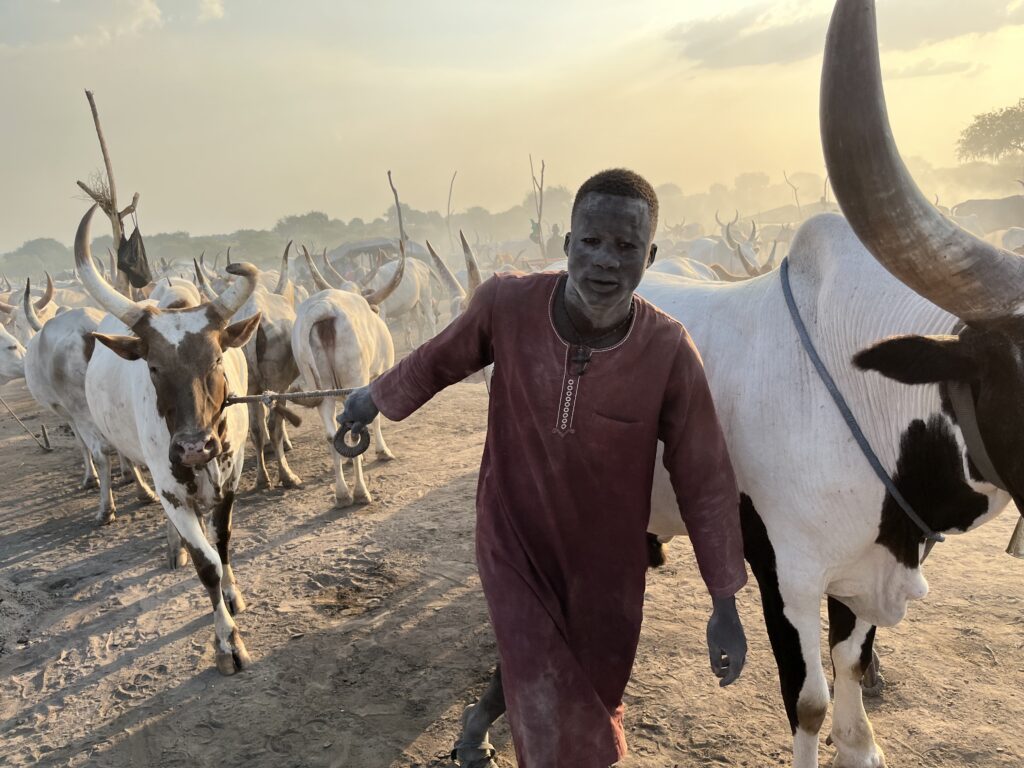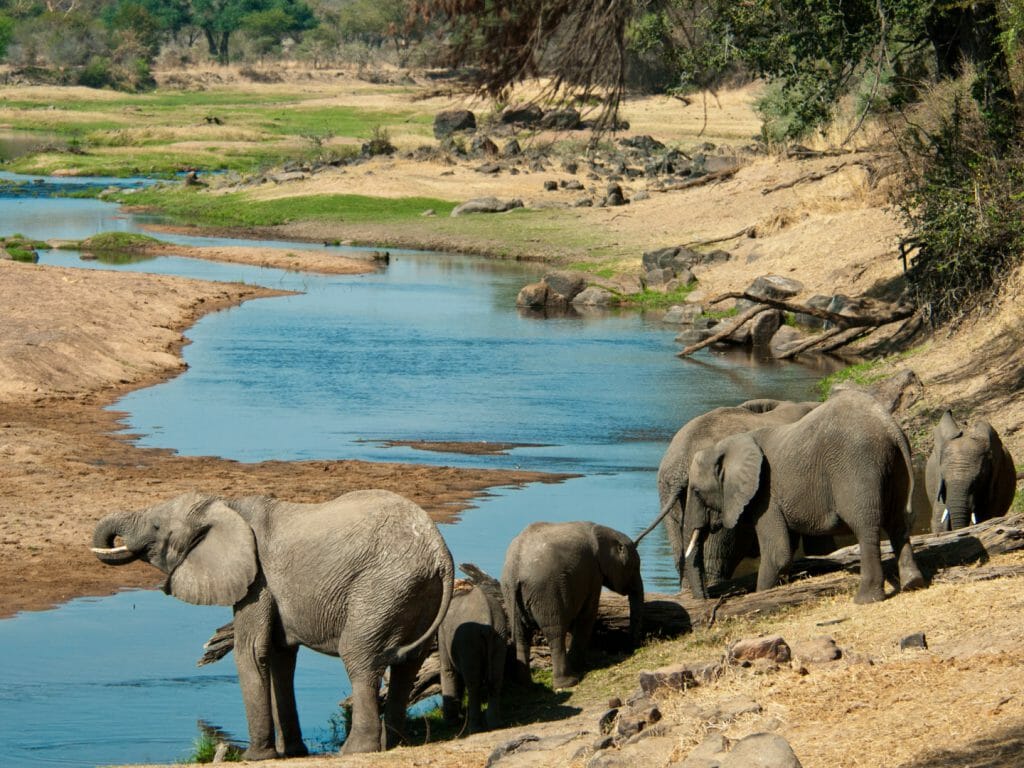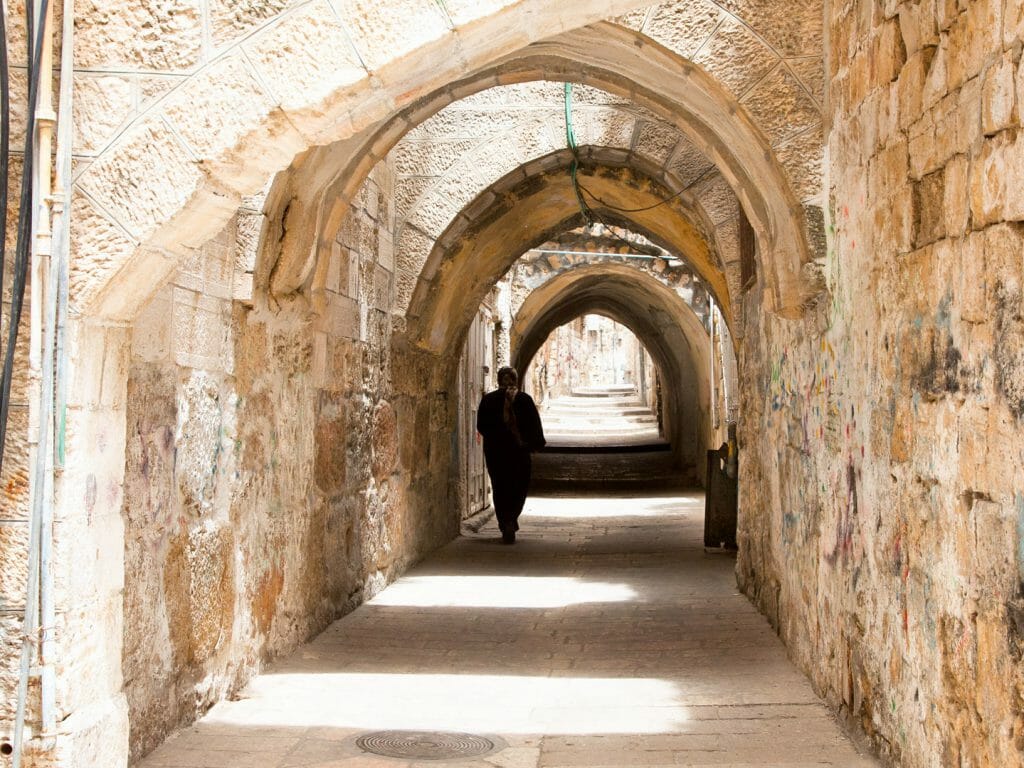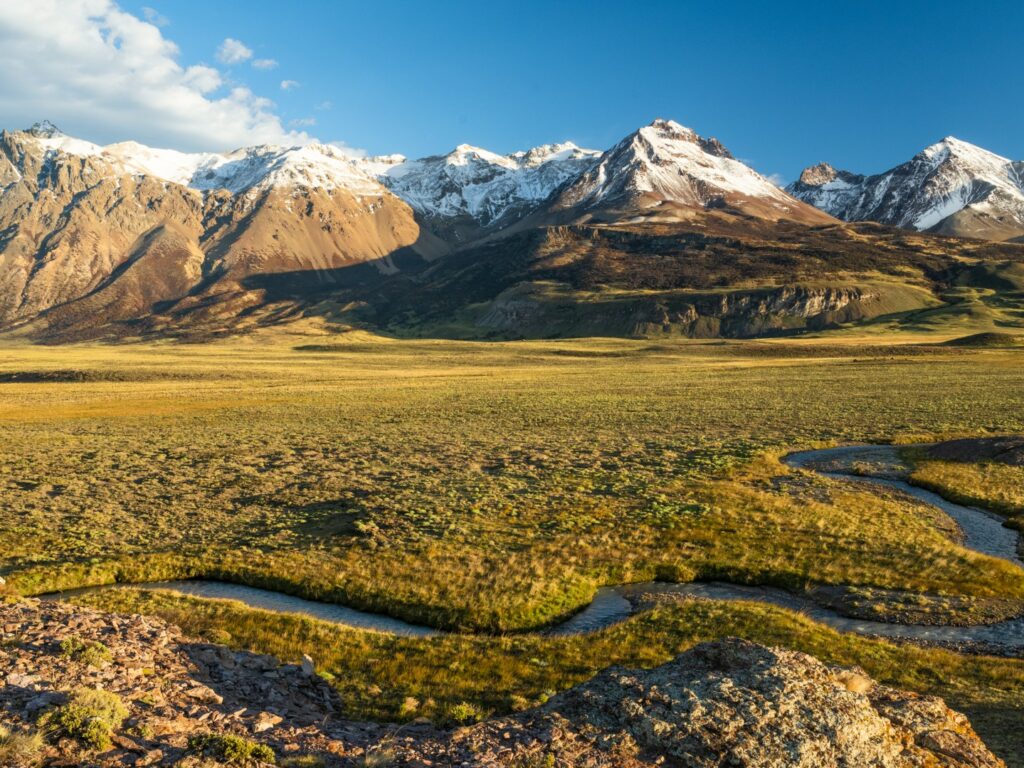The quacking alarm call of the peacock rivets us to the spot. Eyes and ears strain in search of movement. The mist and sun are rising, heat emanating from gargantuan boulders.
Below us lies a mosaic of granite rock formations coupled with patches of forest and agricultural fields. The morning chatter of partridges and francolins, the excited gossip of parakeets, signal that danger has passed.
The mournful horn of a train drones in the distance reminding me that this is not a pristine wilderness area but that some 15,000 people inhabit its 60 square kilometres. Yet, this region of Gowpar in southern Rajasthan contains one of the highest densities of leopard in the world. The leopard roam the landscape uninhibited but albeit mindful of human presence.
This human-leopard coexistence is due to the Rabari. Striking red turbans are the unmistakable hallmark of the semi-nomadic Rabari shepherds. Tying the nine-metre long turban is an art form. The turban is used as a wardrobe for the Rabari when tending their flocks and hers, tucking keys, smokes and nowadays mobile phones into its many folds.
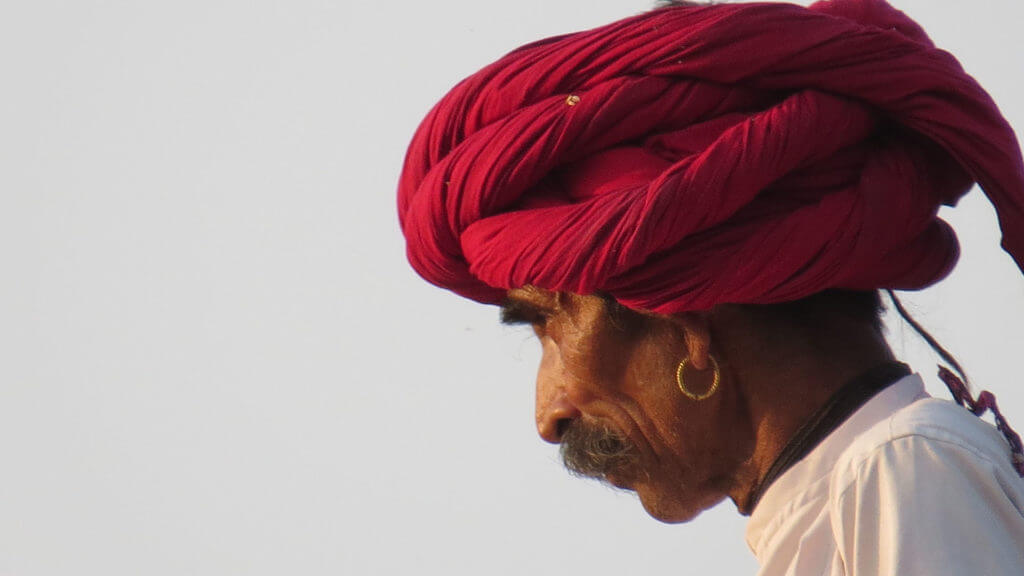
The Rabari are iconic and conspicuous not just for their eye-catching garb but their peaceful coexistence with the leopard. There has been no recorded attack by a leopard on a human in the region in the last 170 years. The Rabari believe leopards are deity and thus do not seek retribution when the leopards predate on their livestock. Rather they see it as a sacrifice to the gods.
We walk to the nearby rustic village of Meena ki Dhani. On the dirt road a serpent-like trail turns out to be the buffalo GPS system – the Rabari tie two large wooden poles across the neck of one of the cows, dragging on the ground the poles leave a trail that means they are easy to find if they wander off.
In the crack of a rock, an Indian eagle owl stands still, statuesque and impassive. A green bee-eater beats a dragonfly against a branch. Red-rumped swallows preen themselves before disappearing in a frenzied flurry. The culprit, a kestrel, flies in. The shrill squeak of a squirrel alarm call. A spotted owlet is sighted. The squirrel seeks sanctuary in its day which is bedecked with tinsel acquired magpie-like from a nearby shrine.
We arrive at the rustic village of Meena ki Dhani and a genial, grinning mother beckons me to come and see her eight-month-old baby boy in his cloth cradle. His heavily made-up eyes stare back at me nonplussed whilst his tiny fingers fiddle with his rings and bracelets. Children heading to school high five me. Others shake my hand. A teacher asks for a selfie with me. I show some children pictures of my own children on my phone. Much laughter – they think that my younger daughter has black teeth never having seen braces before.
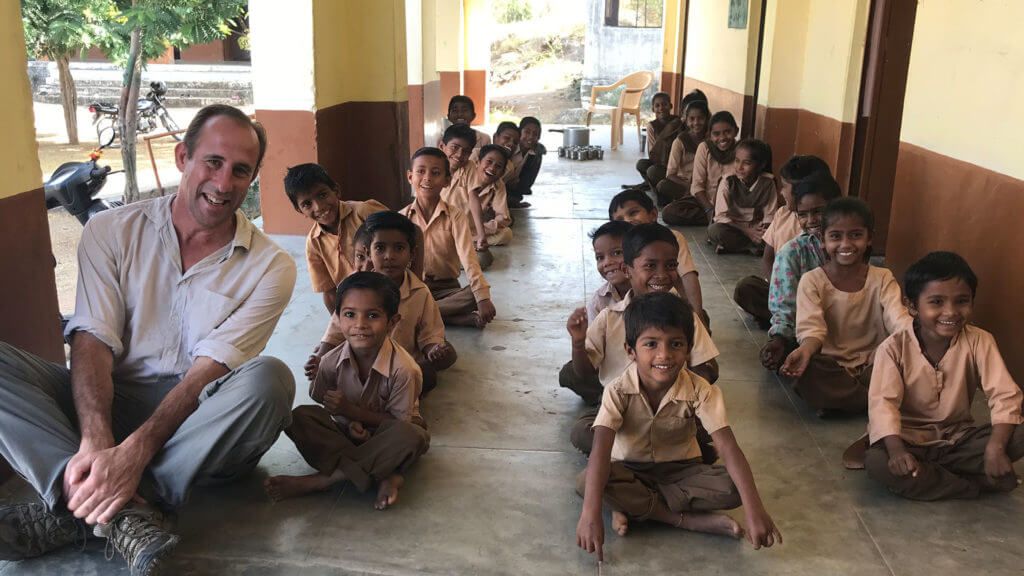
Later that afternoon, local intelligence has spotted two leopard and we race to the location. Thwarted by the terrain and held up by a herd of goats being coaxed, clicked and whistled at by their Rabari shepherd, the sun was fast losing its height and warmth. We negotiate the precipitous sides of boulders – brake checks are regular and mandatory – our progress agonisingly slow to reach our elusive quarry.
And then we spot them. Silhouetted on the side of a mountain ridge that fell in a sweeping arc into the waters of the lake basking in the late afternoon sun. From their vantage point perched on a rock, a dominant female and young male gaze out over the panorama. They sit and stare together, aloof and unemotional.
Far below a Rabari shepherd whistles and goads his herd of cattle to move away from the scrutiny of the leopards. Unimpressed by their dilatory response to the potential threat, he uses his long colourful staff, the moniker of every Rabari shepherd, to urge them on.
The leopards get up. The female yawns languidly. They circle each other. They posture and then a swift engagement. She lies flat on the ground. He astride her, his tail pointed and erect.
A visceral growl reverberates across the valley nearly a kilometre away. The barbs on his penis causing her discomfort. Not enough to call a halt to proceedings. The dispassionate process is repeated several times as it has been over the last few days. Sit, circle, engage. Sit, circle, engage.
And then they slip away over the far side of the ridge towards the setting sun, leaving behind a leopard-spotted sky.


